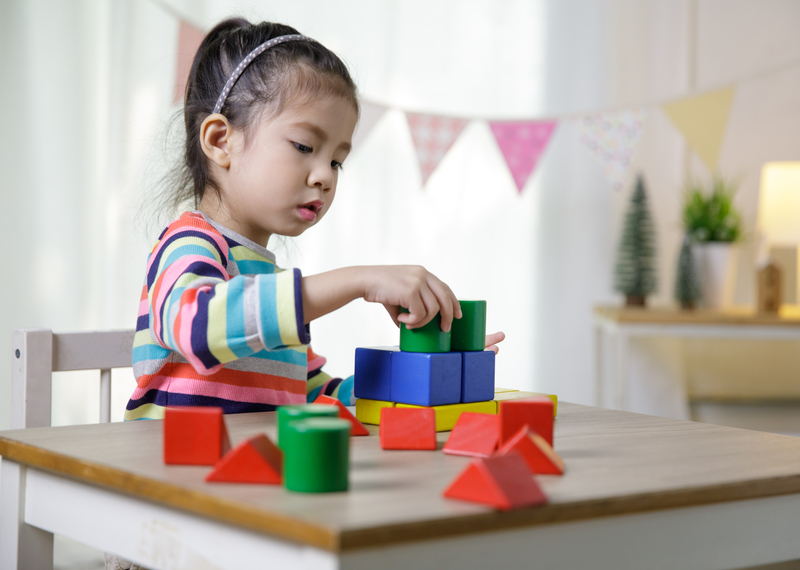
Free play and toys such as dolls and plushies can help a child develop in many physical, cognitive, and social ways. Building toys and DIY sets can help hone in on some of those skills a bit more specifically, encouraging the need for focus, patience, spatial awareness, and so on. Here are 5 specific ways building toys and DIY sets can help children’s development.
- Building toys and DIY sets require patience and focus. While it’s important to let a child have free time to flit around from activity to activity, giving them games and toys that require and hold onto their full attention can help them learn to focus, which will help them for the rest of their lives. They also require patience to figure out the right approach. This is true whether dealing with building blocks, puzzles, or DIY kits. For some, there may be instructions to follow. For others, the process may be open-ended but still require patience to reach the desired result, whether it’s the tallest possible building blocks tower or a castle made of Lincoln Logs.
- They help develop spacial awareness. Learning how pieces fit together (or don’t, as the case may be), help a child learn how their bodies exist in relation to others and their surroundings. Better spatial awareness can help them build confidence by helping them feel more comfortable moving through their surroundings. It can also help them feel more comfortable in social situations or crowds since they’ll have a better grasp of how everything fits together. And of course, better spacial awareness helps develop more precision in a child’s motor skills, which helps set them up for more complicated tasks they’ll need to learn as they grow older, such as writing, tying shoes, brushing teeth, etc.
- They help improve problem-solving skills. Depending on what kind of toy or game they’re using children can learn either convergent or divergent problem-solving skills. Convergent skills would come from toys such as puzzles, which only have one correct solution and require the child to think and narrow down their process until they reach that solution. Divergent skills come from games and toys with open-ended solutions, such as building blocks would present. With building blocks, the child gets to come up with what they want to build and have a variety of different approaches they could take to achieve that goal. Both kinds of problem-solving are critical skills to strengthen as children grow older.
- They introduce children to math and science in simple and hands-on ways. Children learn to develop an idea and try different approaches to see if the idea is feasible. For example, they might envision an upside-down pyramid made of blocks and try to make it, only to find such a thing is an impossibility to make with something like blocks. They begin to learn the basics of concepts like balance and gravity. Naturally, they begin to learn geometry and the ideas of three-dimensional vs two-dimensional space.
- They encourage children to rely on their minds instead of on technology. According to Pew Research, about 60-80% of 3-8-year-olds have access to tablets or smartphones. It’s more critical now that children have access to physical toys and materials that allow them to think for themselves, learn how to develop critical thinking, and try to figure things out for themselves without the help of their digital devices.
There are still countless other ways building and DIY kits have been proven to help children develop valuable life skills. Don’t underestimate the power of simple toys such as building blocks. And make sure kids have access to creative activities such as DIY kits that contain instructions but allow kids to learn in whatever ways they learn best!
